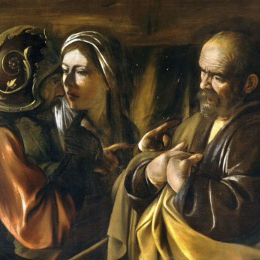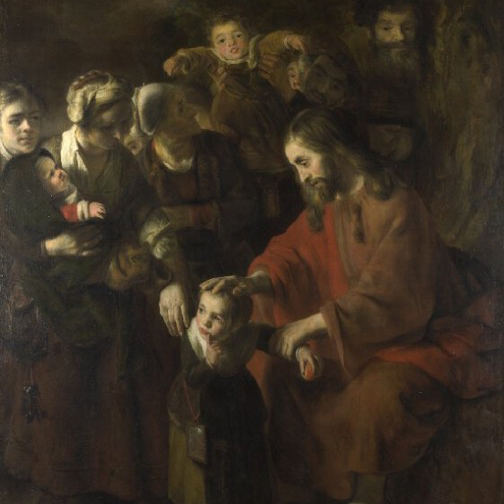Ambleside Schools International Articles

Download a PDF version of this article.
Browse more Ambleside Schools International Resources.
Community
“Behold, how good and how pleasant it is for brethren to dwell together in unity” 1
Today’s topic is something that has been on my mind since I first considered coming to Ambleside. It is something that has been written about extensively for centuries. Great thinkers such as Aristotle, Plato, Locke, Hobbes, and Rousseau have debated the catalyst of its origin. Its proper employment has been and will continue to be the nucleus of every organized people group on the planet.
Today it manifests itself in many different formats such as Facebook, Instagram, Twitter, LinkedIn, and the like. We all have a deep need and longing for it and have probably all been, at some time or another, disturbed by the seeming absence of it in our lives. I have had the privilege of witnessing the Ambleside family exemplify IT more truly than I have witnessed anywhere else. So, what is – IT? I’ve been somewhat ambiguous about the identity because I thought it would be best if I left it up to you to guess what it is I’m getting at, and because it’s the kind of thing I get a kick out of.
Okay, the suspense is too much! The it is Community – Something I have longed for all my life, and especially since receiving the gift of faith in Christ and then reading about the early months and years of the formation of the Church community.
When considering Ambleside, it appeared to me to be a place where the people sought after authentic community—a place that seemed, by its principles, to be impervious to communal strife. It was very attractive. However, living in community versus dreaming about and imagining the experience, has been a bit different than I’d thought it would be. This experience has led me to consider the nature of veritable Christian Community.
This is what I’ve learned.
First, a brief lesson in the etymology of the English word “Community.” It is derived from the ecclesiastical Greek word koinonia (Koy-no-nia), which biblical dictionaries explain is synonymous with the following: fellowship, association, community, communion, joint participation, to name a few. Later, the Latin phrase communitas developed and evolved into what we now know as community; a term most simply defined as a group of men or women leading a common life according to a rule. In other words, common unity.
Rule and Unity—The rule we find ourselves united under here at Ambleside is first, submission to the person and principles of Jesus Christ. Then, from that beginning, we are united in the belief that education is an Atmosphere, a Discipline, and a Life, all of which is rooted in the notion that children are persons created in the image of God. We are united under the rule that education is more than data download. That education is more important than we can imagine. That children are graciously formed by the Holy Spirit, and it is our responsibility to be mindful of the process by putting before the student a feast of the good, the true, and the beautiful so that, in the words of Charlotte Mason, the children would have “the habits of the good life in thought, feeling and action, and in spiritual things.” This is the rule that we are united by and under at Ambleside: first, the rule of Christ, and then that which the highest order dictates regarding the bringing up of our young persons.
That sounds pretty simple. Shouldn’t all go well? We know the rule, I hope we all agree that this is the rule, so what goes wrong? And it would be hard to ignore that at times, even at Ambleside, Christian community can go awry, and has evidently gone terribly wrong at times. The only conclusion I can come to is that we sometimes forget the “rule” part of community. But I guess that is what made the whole thing go boom in the first place (referring of course to the whole fall of man thing). However, with this in mind, and it is vitally important that we keep this in mind, we still need to learn how to do life together in a healthy way that honors the blessing of Christian Community.
I believe a good start would be to rid ourselves of our disillusionment of community, if there is any. First we must answer the question: From where does disillusionment come? In his discourse on “Faith in Community,” Dietrich Bonhoeffer explains that we are all likely to enter Christian community with a definite idea of what life together should be and then we try to realize it. But God’s grace,” he continues “speedily shatters such dreams. Just as surely as God desires to lead us to a knowledge of genuine Christian fellowship, so surely must we be overwhelmed by a great disillusionment with others, with Christians in general, and, if we are fortunate, with ourselves.” Bonhoeffer’s point, I believe, is to say, when we bring our preconceived notions of what Christian Community looks like, we subvert Divine reality for the sake of our ideals. We forget that Christian Community is founded on one principle alone: We belong to each other “Only through and In Jesus Christ” 2
I bring this up, not because I have witnessed goings on uncharacteristic of Christian Community, or that I feel a great sense of disillusionment among Ambleside families, but because I think it is important that we be reminded that in the midst of doing life together, we should be united under one rule, and by one principle alone:
We belong to each other “Only through and In Jesus Christ.”
So, what does that look like for us here at Ambleside? A good start would be to look at our engagement in what Charlotte Mason called “The Science of Relations;” right relationships—one’s relationship to God, self, others, and ideas. This is at the core of what we do. It is why we do what we do. It is the fiber of our philosophical tapestry. 3
Perhaps examining the Science of Relations would be a great start as we approach the call of parenthood. As parents, when we move toward our children, in their weakness and ours, where are we in our own exploration of the Science of Relations? How do I relate to God, self, and others? Is it through my ideals, or is it through the one Truth, that Jesus Christ is in me and that through Him I belong to others? I guess what seems to me most important within our framework is recognizing that, like me, my colleagues, classmates, teachers, students, friends and family members are all in need of Grace. We are all, as my pastor says at the end of each service “involved in our own great struggle.” That in this community, weakness is an opportunity for growth and that growth happens in the light of day. It is imperative that we view each other through this lens; that we step towards one another with grace and encouragement in the full understanding that our positioning is in common, that we are unified in and through Jesus Christ, and in this we will exemplify the Community we were made to be.
1 Psalm 133:1
2 Bonhoeffer, D. Life Together, 26-27
3 Mason, C., School Education, 182-188 excerpts
* Sculpture “Kids on a Log” by Paul Anderson



